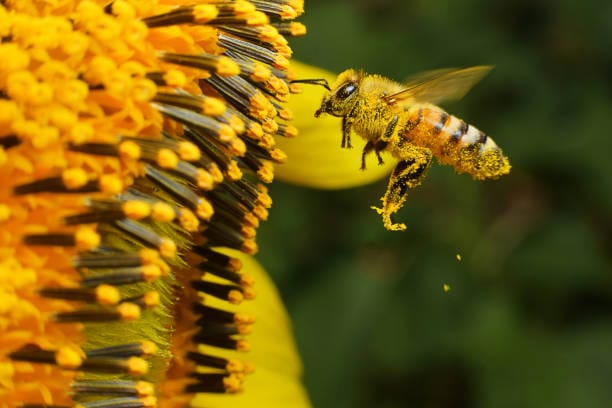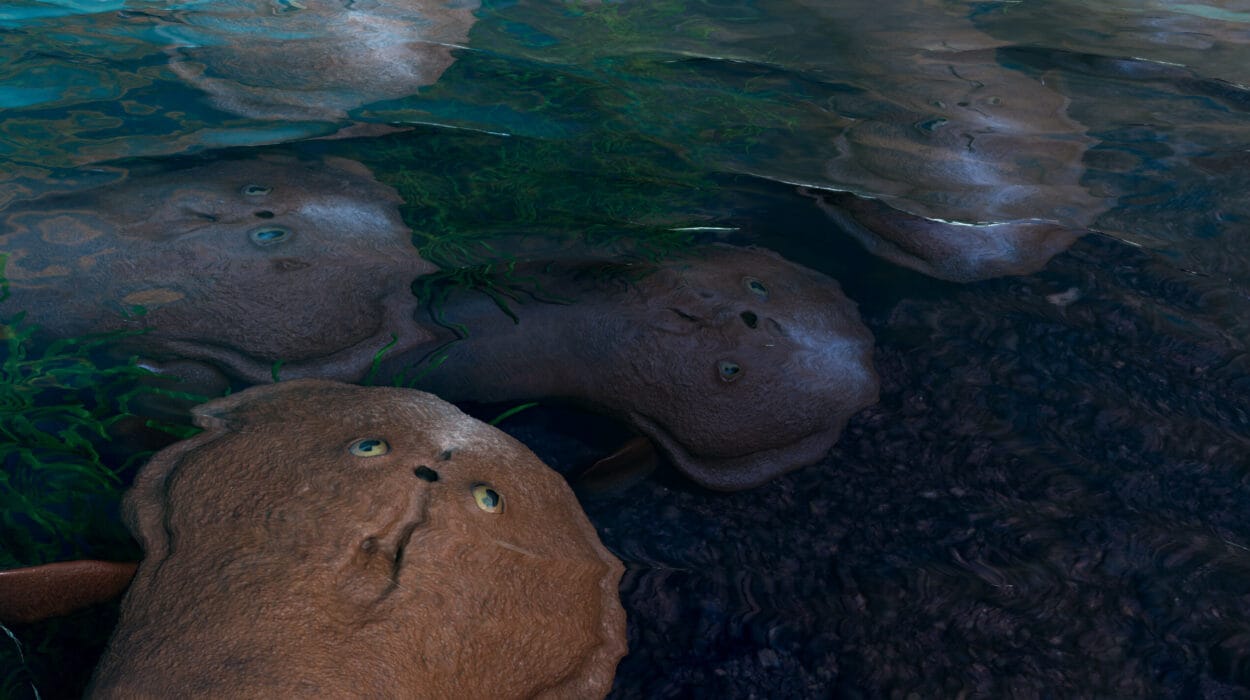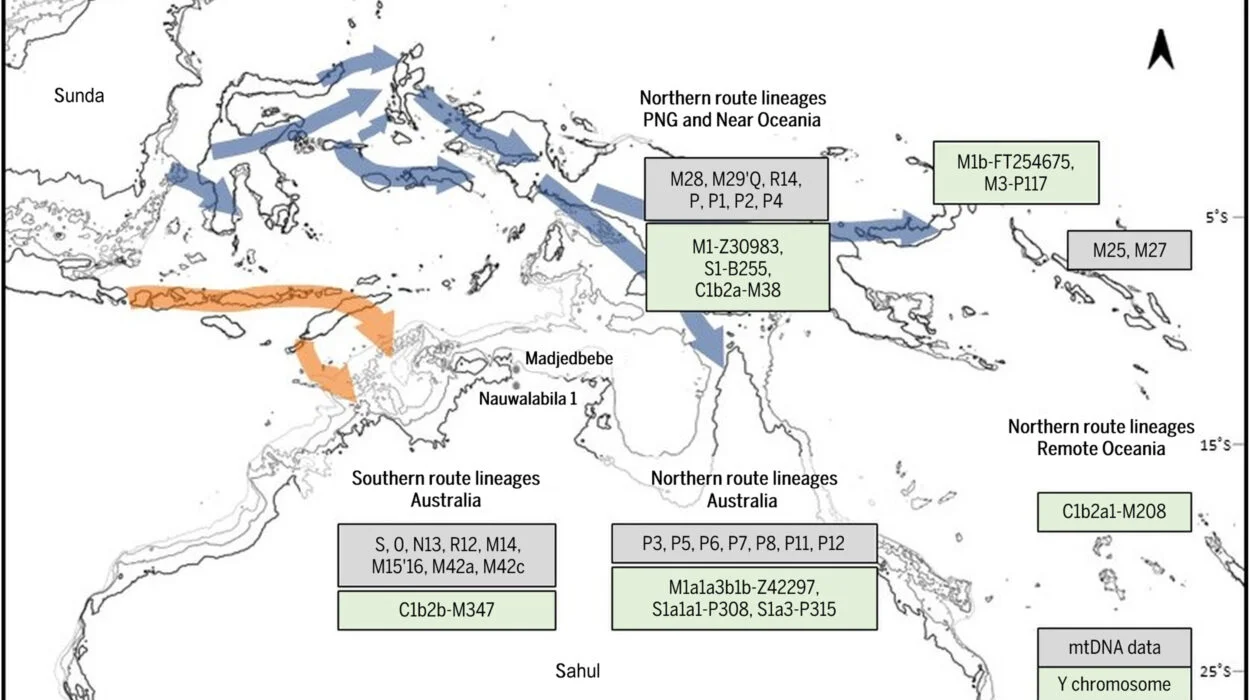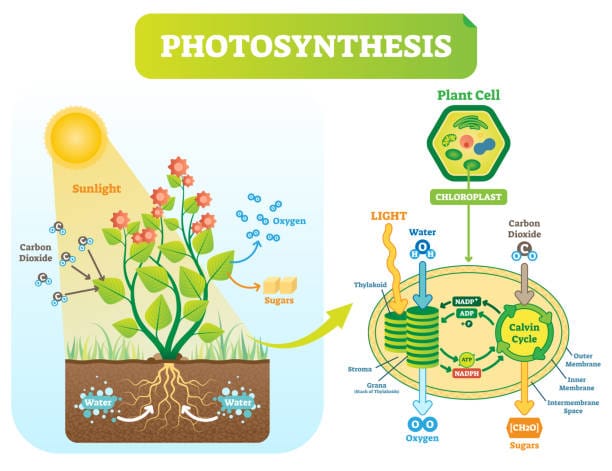Imagine a world without the buzz of bees—a silent, empty landscape where flowers fail to bloom, fruits wither on trees, and the rich variety of foods that fill our plates vanish. This dystopian vision is not far from reality if the fragile partnership between bees and humanity breaks down. For centuries, bees have been indispensable architects of global food supply and agriculture, silently orchestrating the pollination of thousands of plants, many of which are essential to human nutrition and ecosystems.
Bees are not mere producers of honey or symbols of industriousness; they are keystone species in agricultural systems, critical agents in maintaining biodiversity and food security. Their pollination services underpin the yield and quality of crops that feed billions of people worldwide. Yet, these vital pollinators face unprecedented challenges from habitat loss, pesticides, diseases, and climate change. Understanding the magnitude of bees’ contributions and the threats they face is imperative to safeguard global food supply and the future of agriculture.
The Biological Symphony of Pollination
At the heart of the bee’s role lies a beautifully complex biological process: pollination. Pollination is the transfer of pollen grains from the male part of a flower—the anther—to the female part—the stigma. This transfer allows fertilization and the production of seeds and fruits, a fundamental step for plant reproduction. While wind and water can carry pollen, the efficiency and diversity of pollination increase dramatically when insects, especially bees, become involved.
Bees have evolved a symbiotic relationship with flowering plants over millions of years. Their bodies are perfectly adapted for pollen collection and transport. Tiny hairs on their legs and bodies trap pollen, which they carry from flower to flower. In return, they gather nectar, a sugary fluid that fuels their energy-intensive flights. This mutualistic dance benefits both parties: plants achieve reproduction, and bees harvest sustenance.
The sophistication of bee pollination is staggering. Many plants have evolved specific shapes, colors, and scents tailored to attract particular bee species. Conversely, bees have developed exquisite sensory abilities to detect these floral cues, including ultraviolet patterns invisible to the human eye. This co-evolution underscores the intricate balance of natural systems, where the fate of plants and pollinators is intertwined.
The Diversity of Bees and Their Pollination Roles
While the image of the honeybee (Apis mellifera) dominates our cultural imagination, the world of bees is far richer and more diverse. Scientists have identified over 20,000 bee species globally, ranging from solitary bees like the mason and leafcutter bees to social species like bumblebees and stingless bees. Each group contributes uniquely to pollination services.
Solitary bees, though less conspicuous, are often the most efficient pollinators on a per-visit basis. For example, the alfalfa leafcutter bee (Megachile rotundata) plays a pivotal role in the pollination of alfalfa crops, critical for livestock feed. Bumblebees, with their larger bodies and ability to “buzz pollinate,” can dislodge tightly held pollen from flowers like tomatoes and blueberries—an ability that honeybees lack.
Honeybees, managed by humans for millennia, remain the workhorses of commercial agriculture. Their large colonies and ability to be transported make them invaluable for crop pollination on a large scale. Yet, wild and native bees contribute substantially to crop pollination, often enhancing yields and stability by complementing honeybee activity.
Bees and the Crops That Feed the World
The significance of bees extends beyond the production of honey and wax; their pollination activities affect the quantity and quality of a vast array of crops vital to human diets. Nearly 75% of the leading global food crops benefit from animal pollination, with bees accounting for the lion’s share of these services.
Fruits and vegetables are among the most dependent on bee pollination. Apples, cherries, blueberries, almonds, coffee, cucumbers, melons, and many others rely heavily on bees to set fruit and achieve optimal size and flavor. Without bees, yields would plummet, leading to shortages and price spikes.
Nuts, too, depend on bee pollination. Almonds, a multibillion-dollar industry primarily in California, require massive pollination efforts. Each almond blossom must be visited by a bee for successful nut formation. Beekeepers transport hives across the country every year to meet the demand during the brief almond bloom, illustrating the vital economic link between bees and agriculture.
Moreover, bee pollination supports the cultivation of crops that provide essential nutrients, including vitamins and minerals, making bee services indispensable for nutritional security and human health. A world without bees would see reduced availability of diverse foods, increased reliance on staple grains, and consequently, increased malnutrition risks.
The Economic Value of Pollination
Assigning a monetary value to bees’ contributions helps illustrate the magnitude of their role in agriculture. Global estimates place the economic value of insect pollination at over $200 billion annually, with bees responsible for the majority.
This figure represents not only the direct benefits of increased crop yields and quality but also the indirect benefits tied to ecosystem services. Healthy pollinator populations sustain wild plant communities that preserve soil fertility, water quality, and carbon sequestration. These ecological functions underpin the resilience and productivity of agricultural landscapes.
However, the economic value also highlights vulnerability. Pollinator declines threaten substantial losses in crop production, with cascading effects on livelihoods, food prices, and rural economies. The decline of bees could translate into a “pollination gap” where demand outpaces supply, driving costs higher and threatening food system stability.
The Crisis of Pollinator Decline
Despite their indispensable role, bee populations worldwide face a crisis. Declines in both wild and managed bee species have been documented over recent decades, raising alarms among scientists, farmers, and policymakers.
Multiple interlinked factors drive this decline. Habitat loss and fragmentation due to urbanization, industrial agriculture, and deforestation reduce the availability of forage and nesting sites. Pesticides, particularly neonicotinoids, have been implicated in bee mortality and sublethal effects impairing navigation, reproduction, and immune response.
Emerging pathogens, such as the Varroa destructor mite and the gut parasite Nosema ceranae, spread rapidly through hives, weakening bee colonies and exacerbating mortality. Climate change adds further stress by disrupting flowering times and altering habitats.
The phenomenon of Colony Collapse Disorder (CCD), characterized by the sudden disappearance of worker bees from hives, has been a particularly dramatic manifestation of these pressures, although its exact causes remain complex and multifactorial.
Consequences for Food Security and Biodiversity
The decline of bees has profound implications not only for agriculture but for global food security and biodiversity. Reduced pollination services lead to lower crop yields and diminished quality, directly affecting food availability and farmer incomes.
For smallholder farmers in developing regions, who rely heavily on pollination for subsistence and income, bee losses can mean increased poverty and food insecurity. For consumers worldwide, the consequences include reduced variety in diets and higher prices for fruits, nuts, and vegetables.
Beyond human food systems, bees sustain wild plant communities, maintaining biodiversity that supports ecosystem health and resilience. Losses in bee diversity can trigger a chain reaction, endangering other wildlife species and ecosystem functions.
Efforts to Protect and Restore Bee Populations
Recognizing the critical role of bees, scientists, farmers, governments, and communities have mobilized efforts to halt and reverse pollinator decline. Approaches range from local habitat restoration to global policy changes.
Creating pollinator-friendly habitats involves planting diverse flowering species that bloom across seasons, providing continuous food sources. Restoring natural areas and hedgerows helps offer shelter and nesting sites. Reduced or more targeted pesticide use, integrated pest management, and banning harmful chemicals contribute to safer environments for bees.
Beekeepers have adopted better management practices, including breeding for disease-resistant bees and monitoring hive health. Innovations such as “bee highways” in urban areas and the use of native pollinators supplement honeybee services.
On a policy level, international agreements and national strategies aim to promote pollinator conservation, agriculture sustainability, and research funding. Public awareness campaigns emphasize the cultural and ecological value of bees, inspiring citizen participation in conservation.
The Future of Agriculture and Pollination
As humanity faces a future shaped by climate change, population growth, and environmental challenges, the role of bees in agriculture becomes ever more pivotal. Sustainable food production hinges on resilient pollinator populations that can adapt to shifting landscapes and climates.
Emerging technologies, including precision agriculture and drone pollination, offer potential supplements but cannot replace the ecological and evolutionary sophistication of bees. Ensuring the coexistence of modern agriculture with biodiversity conservation is crucial.
Interdisciplinary research integrating ecology, agriculture, economics, and social sciences aims to design farming systems that support pollinators while maintaining productivity. Practices like agroforestry, organic farming, and diversified cropping systems show promise in harmonizing food production and ecosystem health.
A Call to Stewardship
The story of bees and global food supply is ultimately a story of connection—between species, ecosystems, and human societies. It is a reminder that the survival of these tiny, winged creatures is intimately linked to our own survival and well-being.
Protecting bees demands collective action, grounded in scientific understanding and fueled by a sense of wonder and respect. It calls on farmers, consumers, policymakers, and communities to become stewards of the natural world, embracing practices that nurture rather than deplete.
By safeguarding bees, we preserve a legacy of life, beauty, and sustenance—a future where fields and orchards flourish, diets remain diverse, and the symphony of pollination continues to play.






